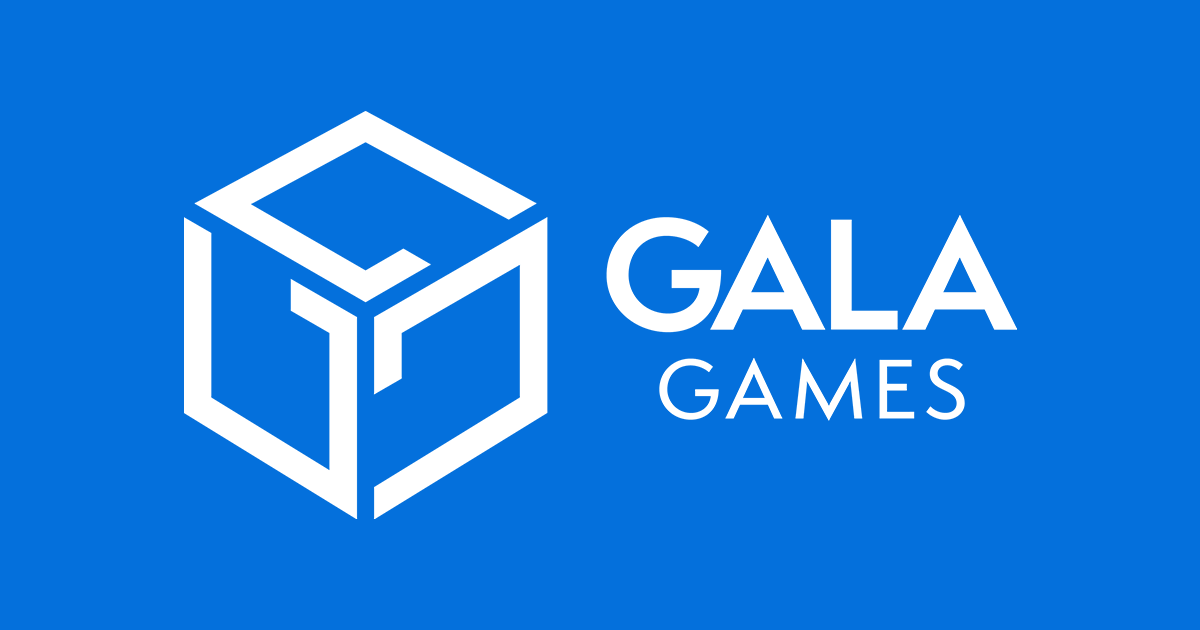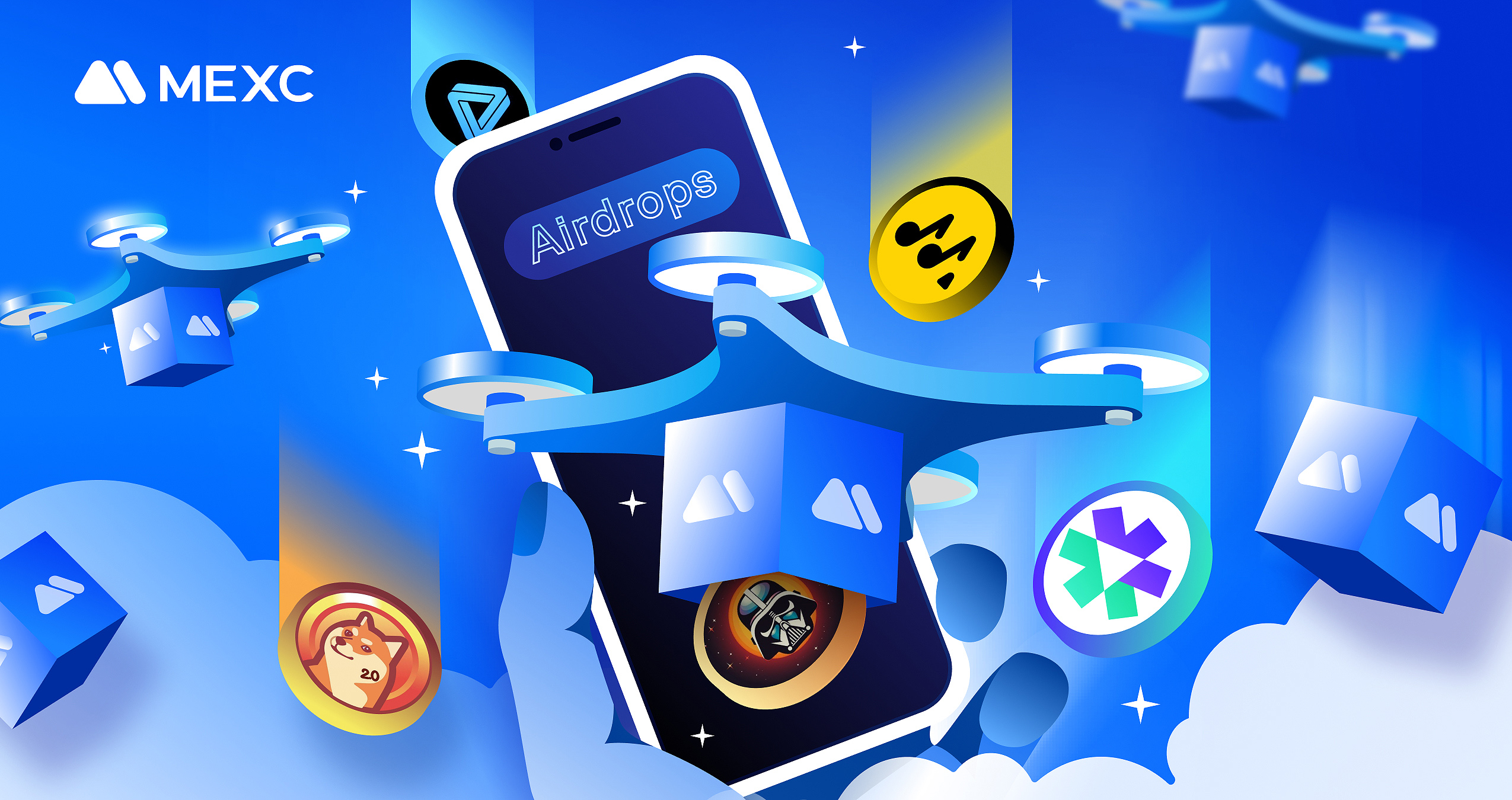Crypto is a fast-growing and exciting field that offers many opportunities and challenges. One of the key challenges is scalability, which means how well a network can handle many transactions.
Ethereum is the most popular platform for crypto, but it has low scalability.
Arbitrum is a new solution that can improve Ethereum’s scalability and enable more innovation.
In this article, we will explain what Arbitrum and Ethereum are, how they work, how they compare, and what they mean for crypto.

What is Arbitrum?
- Arbitrum is a Layer 2 solution for Ethereum
- A Layer 2 solution is a network that runs on top of another network, such as Ethereum. It can process transactions faster and cheaper than the main network.
- Arbitrum is one of the many Layer 2 solutions for Ethereum. It launched its mainnet beta in May 2021.
- Arbitrum uses optimistic rollups to scale Ethereum
- Optimistic rollups are a technique that bundles many transactions together and sends them to Ethereum as calldata. This reduces the load on Ethereum and saves gas fees.
- Optimistic rollups also assume that transactions are valid by default unless someone challenges them within a certain time period. This makes transactions faster and cheaper but also requires users to monitor and protect their transactions.
- Arbitrum supports many dApps and protocols
- dApps are decentralized applications that run on smart contracts, which are self-executing codes that enforce rules and agreements. Protocols are rules or standards that enable communication and interaction between dApps or other networks.
- Arbitrum supports the Ethereum Virtual Machine (EVM), which is the software that runs smart contracts on Ethereum. This means that dApps and protocols that run on Ethereum can easily move or connect to Arbitrum without changing much of their code or logic.
- Arbitrum has attracted many popular dApps and protocols, such as Uniswap, Aave, Chainlink, MakerDAO, SushiSwap, and Curve. These dApps and protocols offer various services and products in crypto, such as lending, borrowing, trading, investing, and more.
- Arbitrum has a high total value locked (TVL)
- TVL is a measure of how much crypto assets are deposited in smart contracts. It shows how much users trust and use a network or platform.
- Arbitrum has a high TVL of over $2.8 billion as of October 8, 2023, according to DeFi Llama. This shows that Arbitrum is popular and trusted by users.
- Arbitrum plans to launch its own token
- A token is a digital or virtual currency that represents value or utility on a network or platform. Tokens can be used for various purposes, such as paying fees, rewarding users, governing the network, or accessing services or products.
- Arbitrum does not have its own token yet, but it plans to launch one in the future. The token will be called ARB, and it will be used for governance, staking, and paying fees on the network.
What is Ethereum?
- Ethereum is the leading smart contract platform
- A smart contract platform is a network that enables developers to build dApps and launch tokens. It provides the infrastructure, tools, and languages for creating and running smart contracts.
- Ethereum is the leading smart contract platform in crypto. It was launched in 2015 and uses Ether as its cryptocurrency.
- Ethereum has a large and diverse ecosystem of dApps and protocols
- Ethereum has a large and diverse ecosystem of dApps and protocols that cover various domains such as decentralized finance (DeFi), non-fungible tokens (NFTs), gaming, social media, and more.
- Some of the most popular dApps and protocols on Ethereum include CryptoKitties, Decentraland, Compound, MakerDAO, Uniswap, and Axie Infinity. These dApps and protocols create new possibilities for creativity, expression, ownership, and monetization in crypto.
- Ethereum is undergoing a major upgrade called Ethereum 2.0
- Ethereum 2.0 is a major upgrade that aims to improve Ethereum’s scalability, security, and efficiency by changing its consensus mechanism from proof-of-work (PoW) to proof-of-stake (PoS).
- PoW is a system that requires miners to use computational power to validate transactions and create new blocks. PoS is a system that requires validators to stake their tokens to validate transactions and create new blocks.
- Ethereum 2.0 consists of several phases, the first of which was launched in December 2020. This phase introduced the Beacon Chain, which is the backbone of the new PoS system. The next phase is expected to launch in late 2023 or early 2024, and it will merge the existing Ethereum mainnet with the Beacon Chain.
- Ethereum faces some challenges and limitations
- Ethereum faces some challenges and limitations that hinder its performance and user experience. One of the main issues is scalability, which refers to the ability of a network to handle a large number of transactions without compromising speed or cost.
- Ethereum can only process about 15 transactions per second (TPS) on average, which is far below the demand of its growing user base. This leads to congestion on the network, resulting in high gas fees (the cost of executing transactions or smart contracts) and long confirmation times.
- Another issue is security, which refers to the ability of a network to resist attacks or malicious behavior. Ethereum’s PoW system is vulnerable to attacks such as 51% attacks or double-spending attacks, where an attacker can control more than half of the network’s hashing power and manipulate transactions or blocks.
- A third issue is efficiency, which refers to the ability of a network to use resources optimally and minimize waste. Ethereum’s PoW system consumes a lot of energy and generates a lot of carbon emissions, which is harmful to the environment and unsustainable in the long run. Ethereum 2.0’s PoS system is expected to reduce energy consumption and carbon footprint by 99%, but it will take time to fully implement.
How does Arbitrum compare to Ethereum and other Layer 2 solutions?
Arbitrum is one of the many Layer 2 solutions that aim to address Ethereum’s scalability issues by processing transactions off-chain and only using the Ethereum mainnet as a final arbiter or validator. However, each Layer 2 solution has its own advantages and disadvantages, depending on its design and implementation.
- Security model
- One of the main factors that differentiate Layer 2 solutions is their security model, which determines how they handle disputes or frauds on their network.
- Arbitrum uses optimistic rollups, which assume that transactions are valid by default unless someone challenges them within a certain time period. This allows Arbitrum to achieve high throughput and low latency, as transactions do not need to wait for confirmation on the Ethereum mainnet. However, this also means that users need to monitor their transactions and be ready to submit proofs or appeals if they encounter any issues.
- Compatibility
- Another factor is their compatibility with Ethereum, which determines how easy it is for dApps and protocols to migrate or integrate with them.
- Arbitrum claims to be fully compatible with Ethereum, as it supports the EVM and allows developers to use the same tools and languages as they do on Ethereum. This makes it easier for dApps and protocols to move or connect to Arbitrum without changing much of their code or logic. However, this also means that Arbitrum inherits some of the limitations of Ethereum, such as its gas model and its account-based system.
- Adoption
- A third factor is their adoption, which determines how popular and attractive they are for users, developers, and investors.
- Arbitrum has gained a lot of traction and attention since its mainnet beta launch, as it has attracted some of the most prominent dApps and protocols in the crypto space. Arbitrum has also shown its potential for innovation, as it plans to launch its own token and governance system in the future. However, Arbitrum also faces competition from other Layer 2 solutions, such as zkSync, Optimism, Polygon, and StarkWare, which have their own strengths and weaknesses.
- Innovation
- A fourth factor is their innovation, which determines how they create new features and functions for crypto.
- Arbitrum can enable new features and functions for crypto, such as cross-chain swaps, flash loans, synthetic assets, and more. Arbitrum can also create new opportunities and challenges for crypto innovation, such as launching its own token, governance, and cross-chain interoperability.
Here is a brief comparison of some of the Layer 2 solutions:
| Solution | Security Model | Compatibility | Adoption | Innovation |
| Arbitrum | Optimistic rollups | High | High | High |
| zkSync | ZK rollups | Medium | Medium | Medium |
| Optimism | Optimistic rollups | High | Medium | High |
| Polygon | Plasma/POS hybrid | Medium | High | High |
| StarkWare | ZK rollups | Low | Low | High |
What Are the Implications and Opportunities of Arbitrum for Crypto Innovation?
Arbitrum is a promising Layer 2 solution that can boost crypto scalability and innovation. It enables faster and cheaper transactions on Ethereum. Arbitrum can also enhance crypto security and decentralization by leveraging Ethereum’s robust network and consensus. Meanwhile, it can foster crypto adoption and diversity by supporting various dApps and protocols that cater to different needs and preferences.
Some of the implications and opportunities of Arbitrum for crypto innovation are:
- DeFi: DeFi is one of the most popular and lucrative domains in crypto. It allows users to access various financial services such as lending, borrowing, trading, investing, and more. Furthermore, it comes without intermediaries or censorship. However, DeFi also suffers from high gas fees and low liquidity on Ethereum, which limits its growth and accessibility. Therefore, Arbitrum can help DeFi scale and thrive. It reduces gas fees and increases transaction speed, which can attract more users and capital to DeFi platforms. Arbitrum can also enable new DeFi features and products, such as cross-chain swaps, flash loans, synthetic assets, and more.
- NFTs: NFTs are unique digital tokens that represent ownership of various assets such as art, music, games, collectibles, and more. NFTs have exploded in popularity and value in recent years, as they create new possibilities for creativity, expression, ownership, and monetization. However, NFTs also face challenges such as high minting costs, low interoperability, and limited functionality on Ethereum. Arbitrum can help NFTs flourish by lowering minting costs and enabling faster transfers, which can encourage more artists and creators to join the NFT space. Arbitrum can also enable new NFT features and functions, such as dynamic NFTs, fractionalized NFTs, or programmable NFTs.
- Gaming: Gaming is another promising and exciting domain in crypto. It allows users to play immersive and interactive games that use blockchain technology and tokens. Gaming can also create new opportunities for earning income, socializing, learning, and having fun. However, gaming also faces challenges such as high development costs, low scalability, and poor user experience on Ethereum. Arbitrum can help gaming grow and innovate by lowering development costs and improving scalability. In return, it can enable more developers to create and launch games on Arbitrum. Arbitrum can also improve user experience by reducing latency and increasing performance, which can make games more enjoyable and engaging.
These are just some of the examples of how Arbitrum can boost crypto scalability and innovation. Arbitrum is one of the most promising and exciting developments in the crypto world, and it has the potential to transform the future of blockchain and decentralization.
Personal Note From MEXC Team
Check out our MEXC trading page and find out what we have to offer! There are also a ton of interesting articles to get you up to speed with the crypto world. Lastly, join our MEXC Creators project and share your opinion about everything crypto! Happy trading! Learn about interoperability now!
Join MEXC and Get up to $10,000 Bonus!
Sign Up


